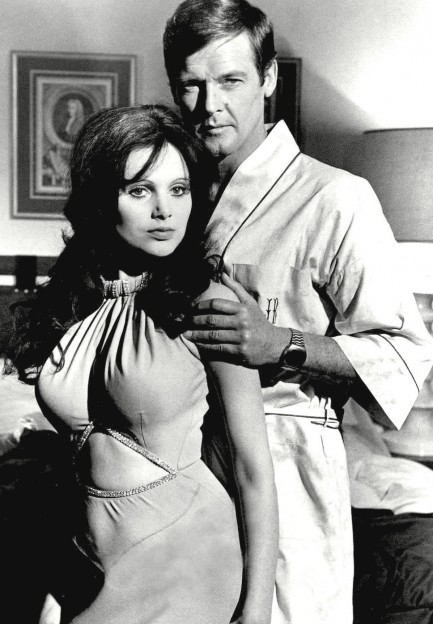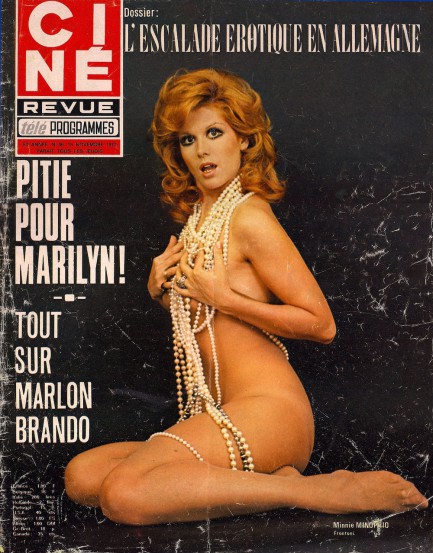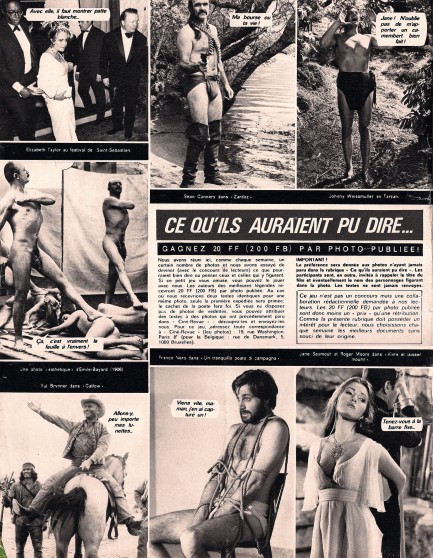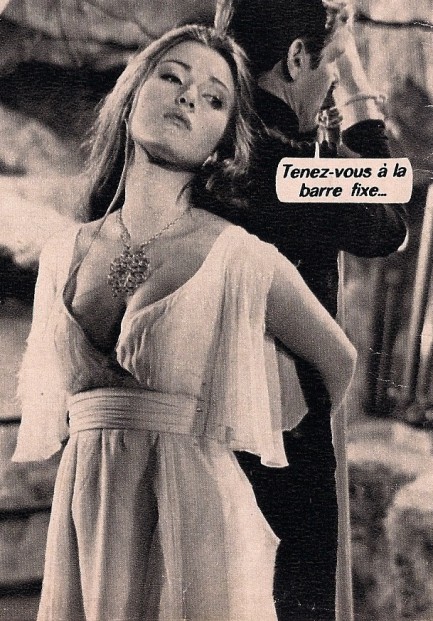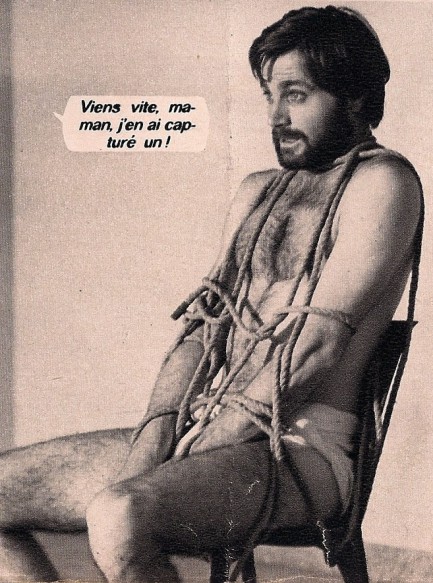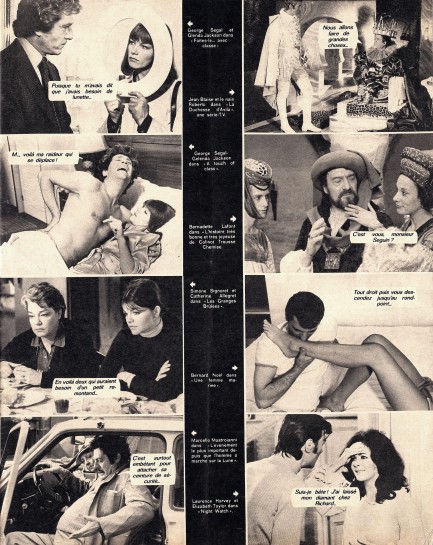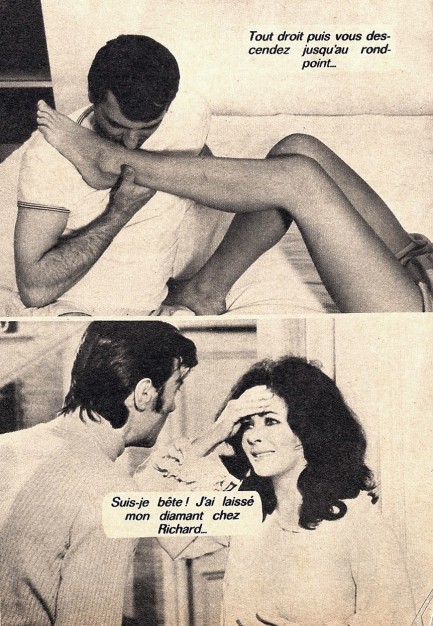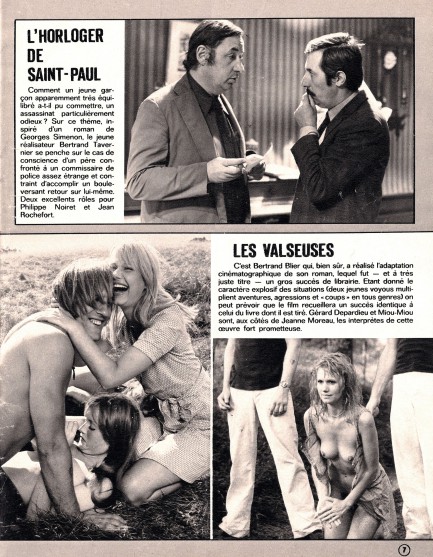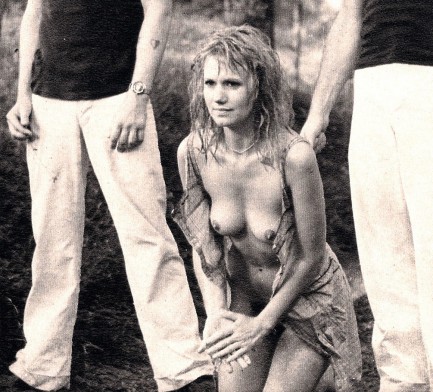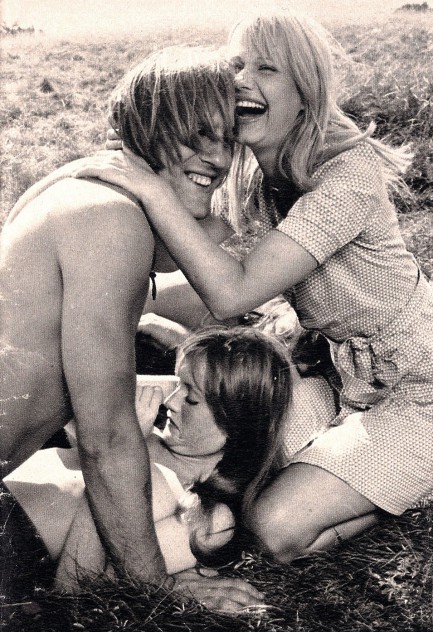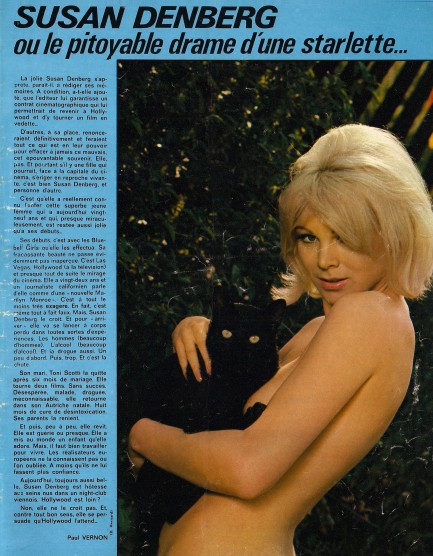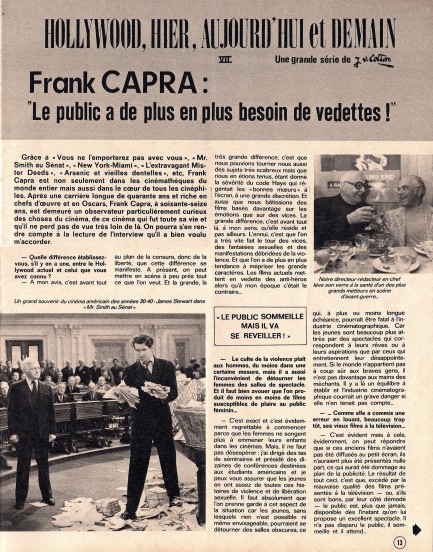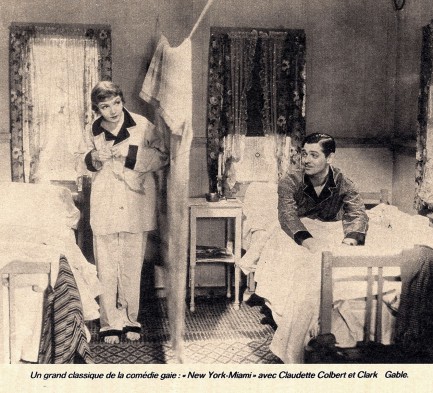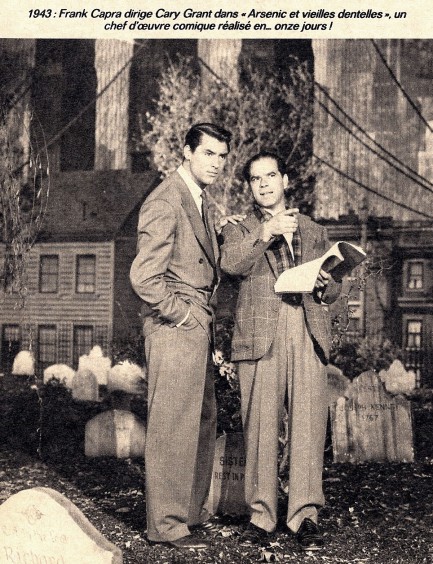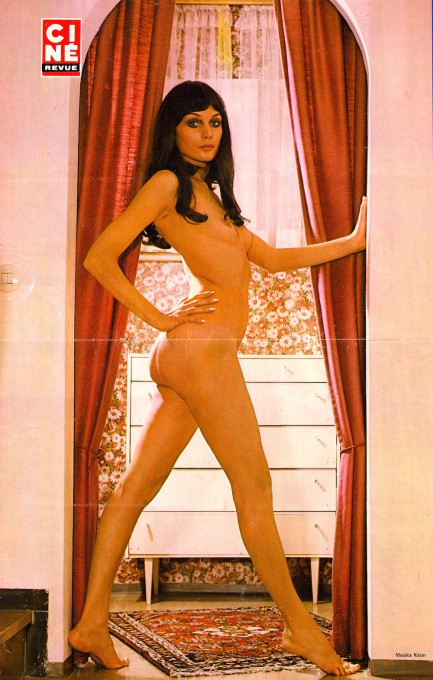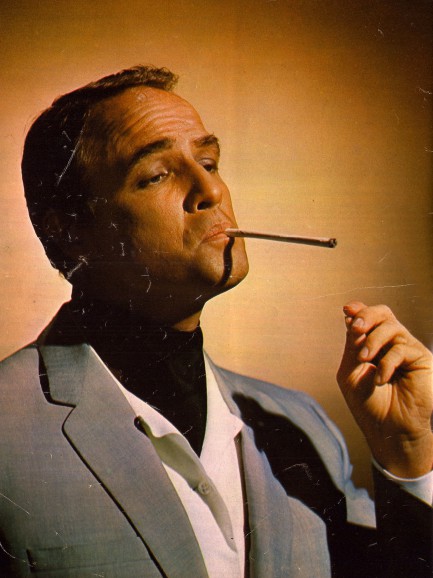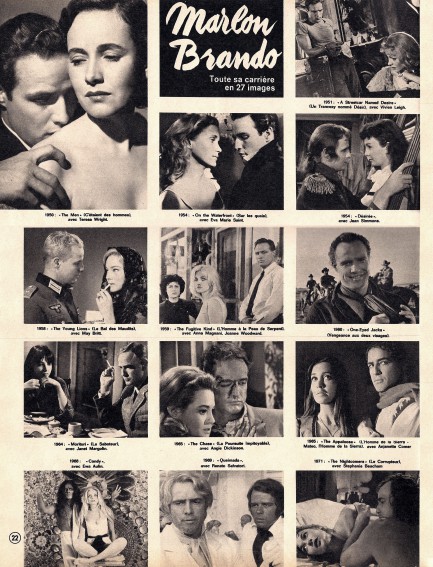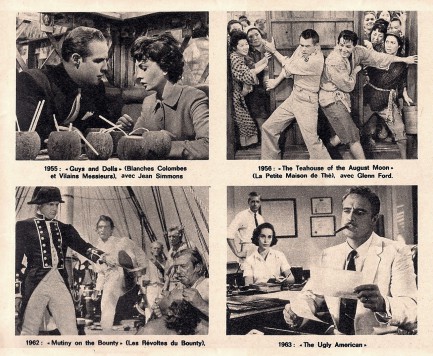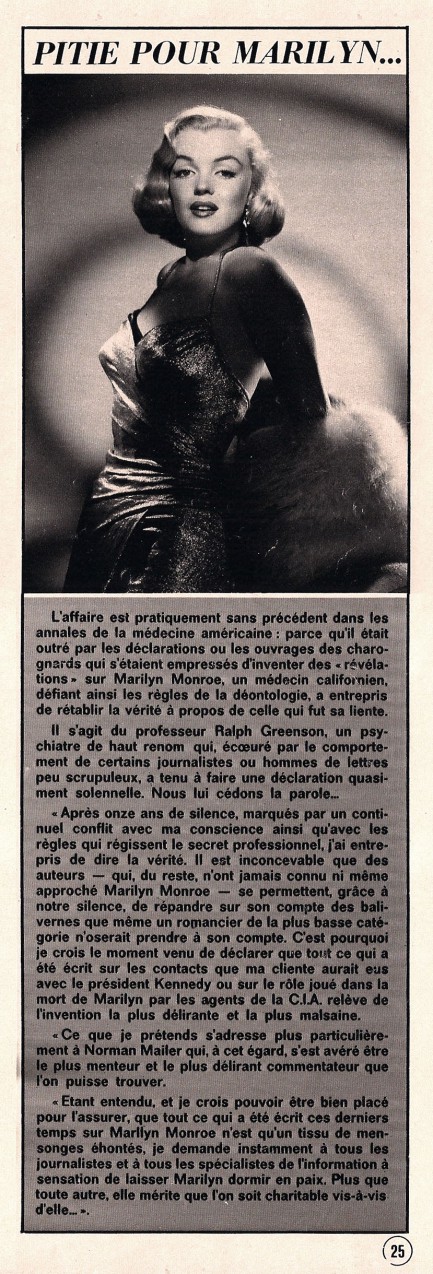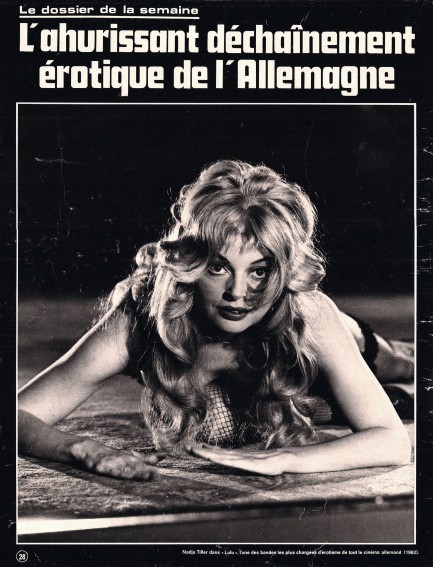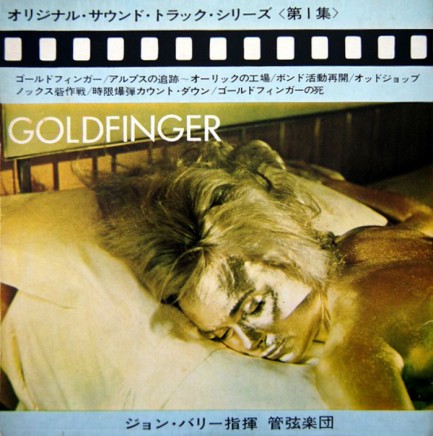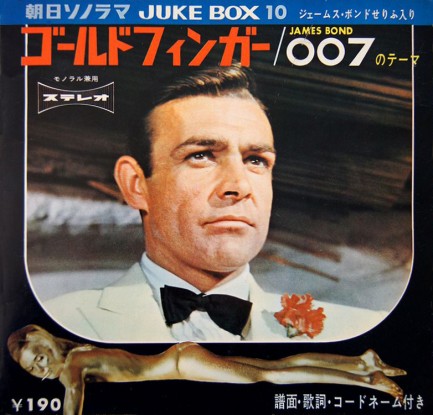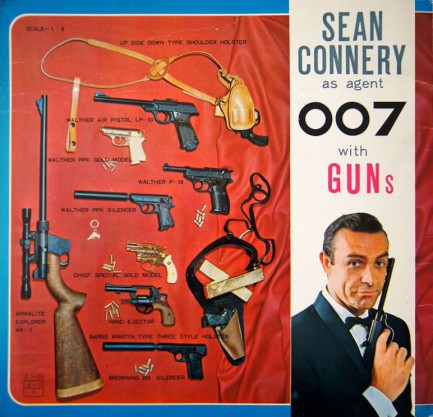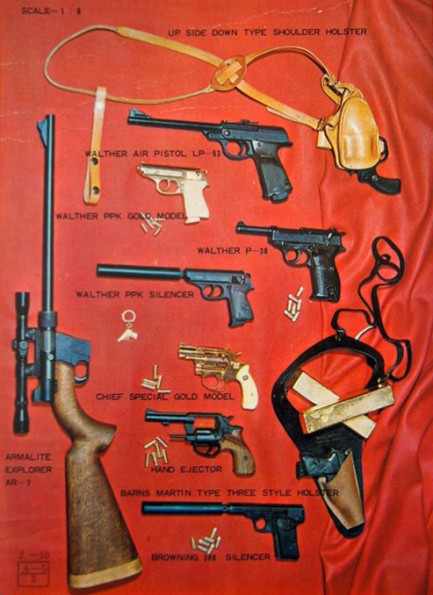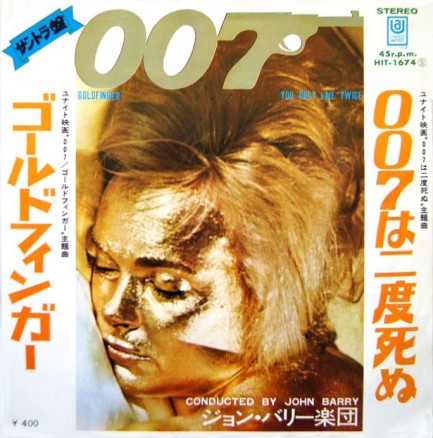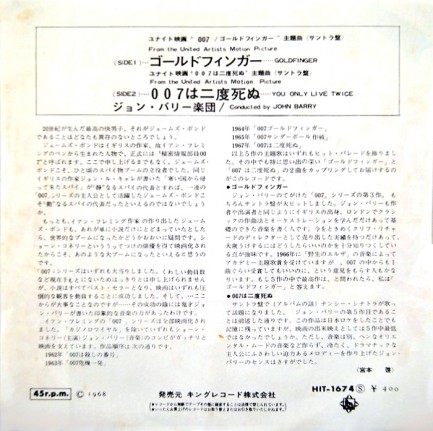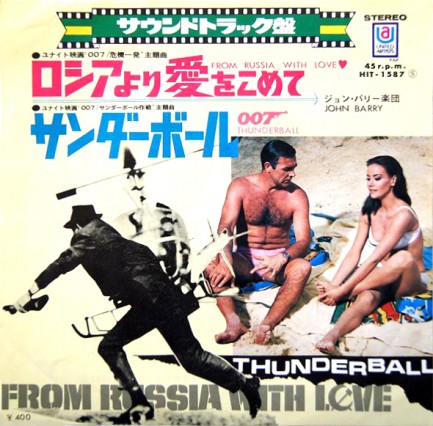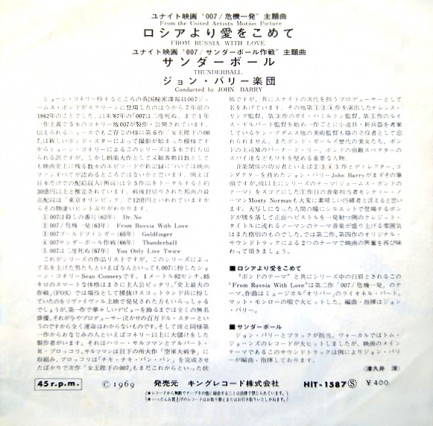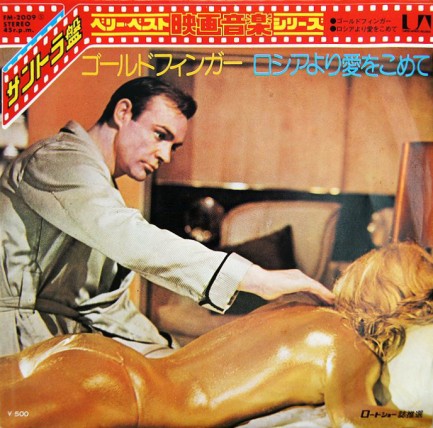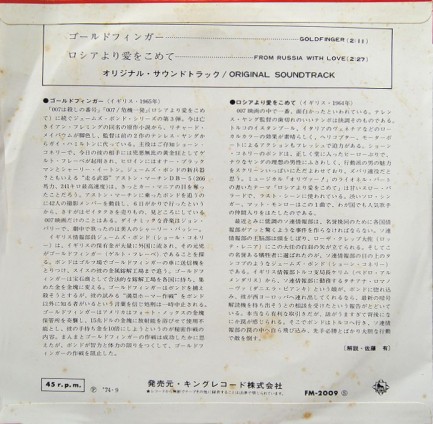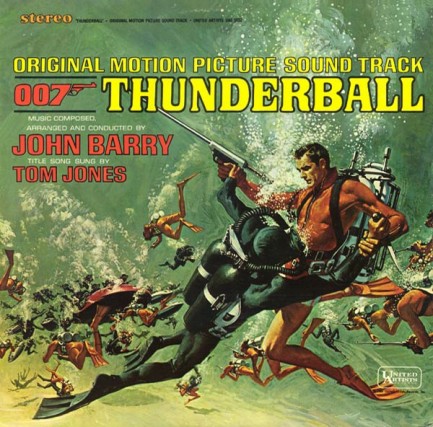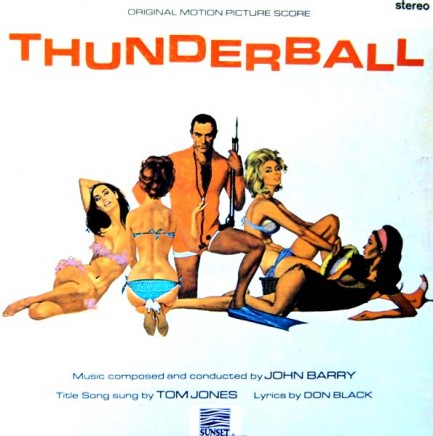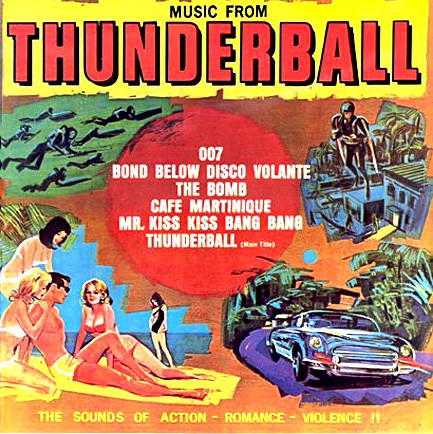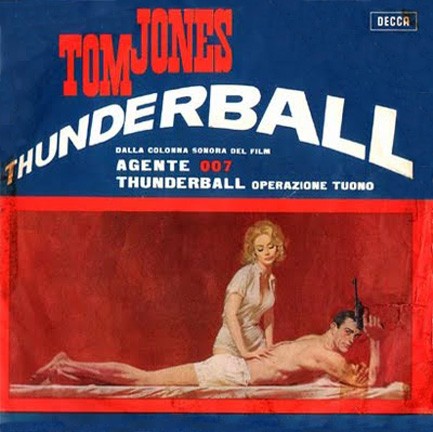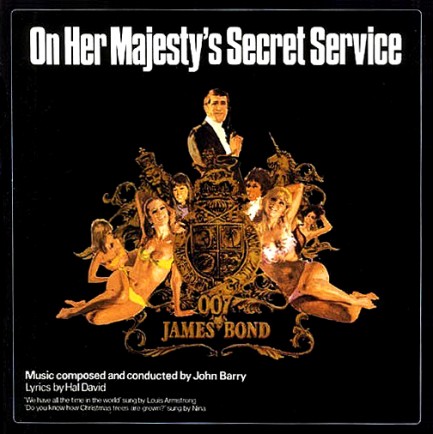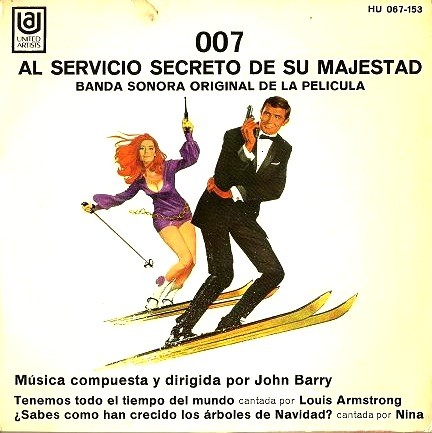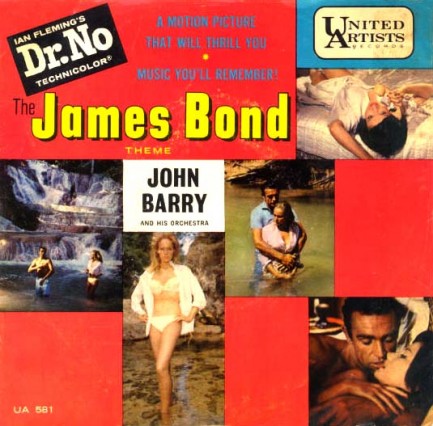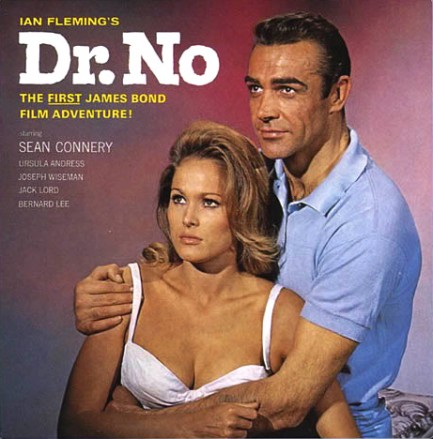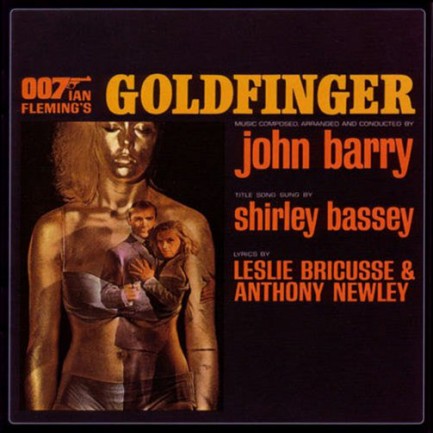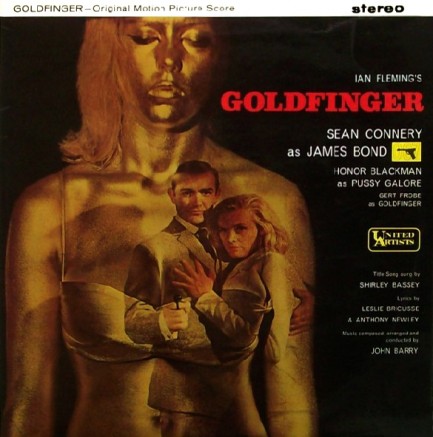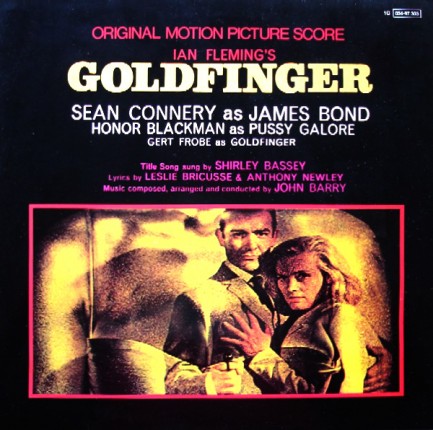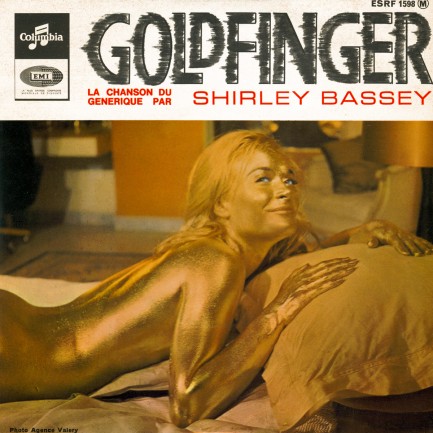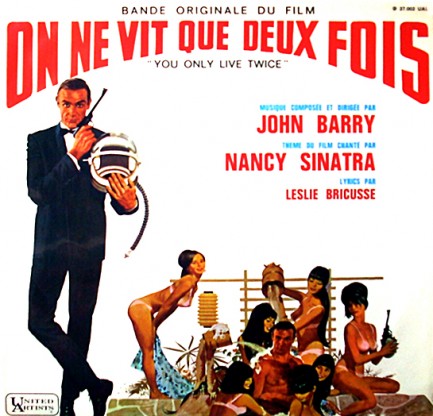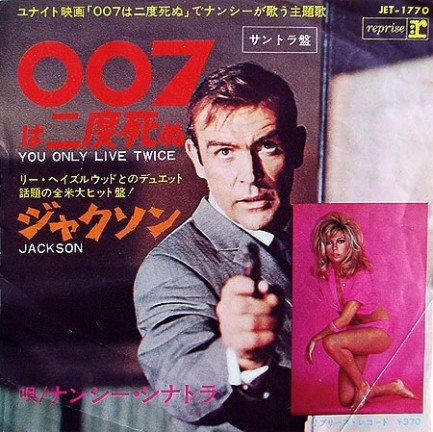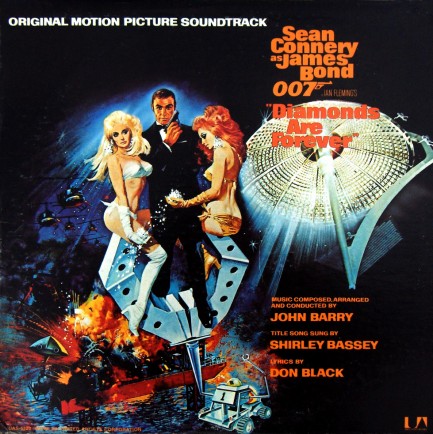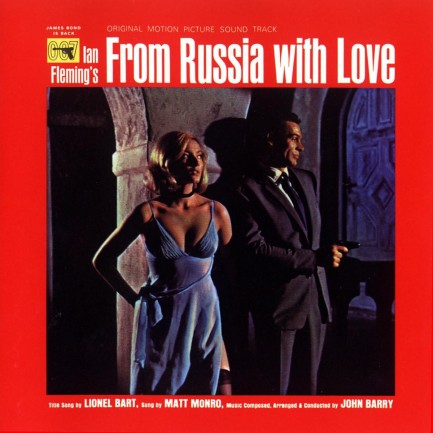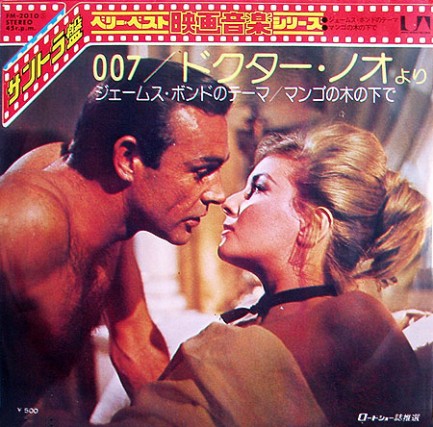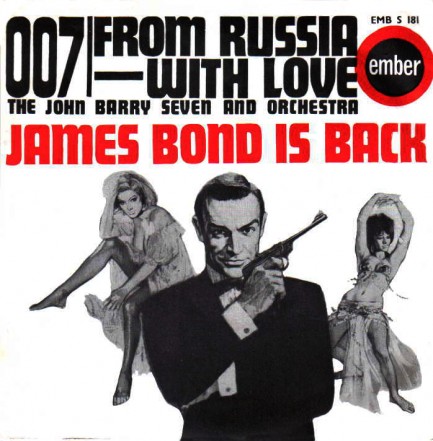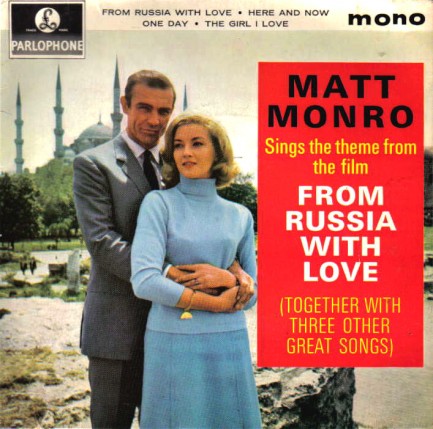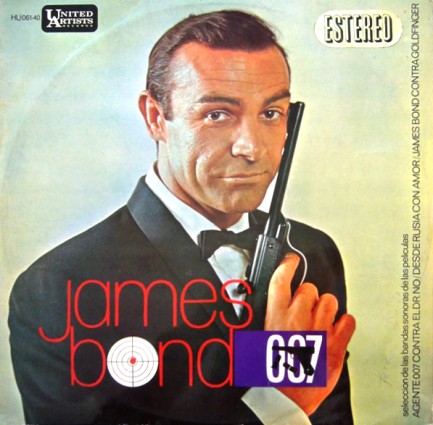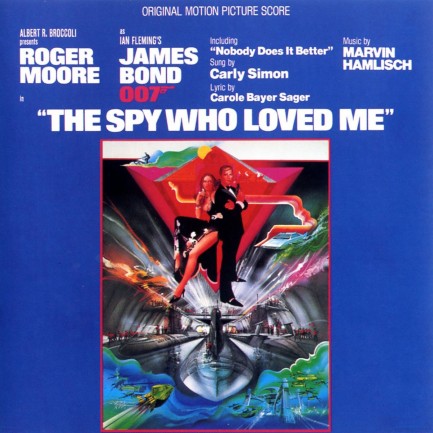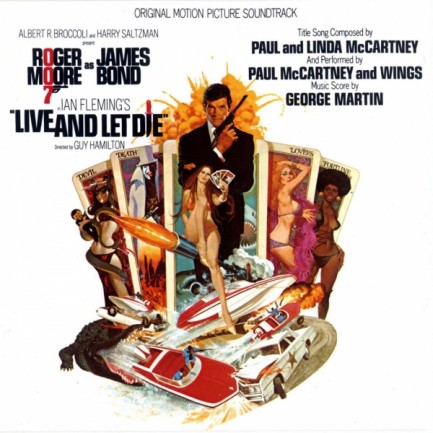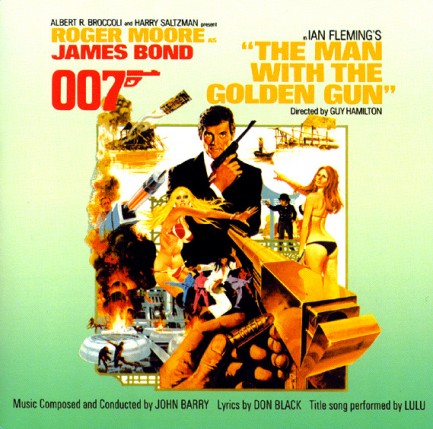 Diamonds are forever, but Connery wasn’t. 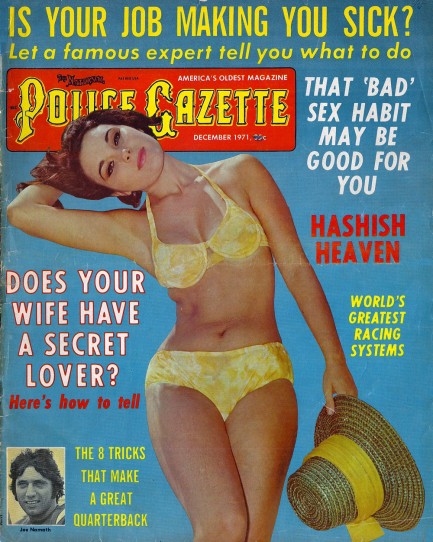
Sean Connery made as many appearances in sixties and seventies tabloids as just about any celeb of his time period, so here he is again in an article promoting his role in Diamonds Are Forever, which would premiere just a couple of weeks after this December 1971 National Police Gazette hit newsstands. we talked a bit about the source novel for the film, and author Ian Fleming's troubles with his publishers. It's interesting, so check here if you wish. In Gazette, Connery speaks of his futile struggle to portray James Bond as a balding hero, and quips about making his stylist thin his wigs so there was almost no point in wearing them at all. Connery said about Bond’s aging, “No one is immortal—not me, not you, and not James Bond.” It was a commendable sentiment, but naïve. Seems as though Connery didn’t realize United Artists had already branded Bond well beyond the point where the character was tethered to any concept of aging. The studio proved that when it brought the much younger Roger Moore on the scene for 1973’s Live and Let Die. Moore would later give way to Dalton, who gave way to Brosnan, who gave way to Craig, as Bond himself remained eternally forty-ish through the passing years. Elsewhere in the Gazette you get a report on the hash capital of the world, the world’s greatest racing systems, and the usual assortment of random beauties in bathing suits. All that, plus hashish toasted cheese, below.
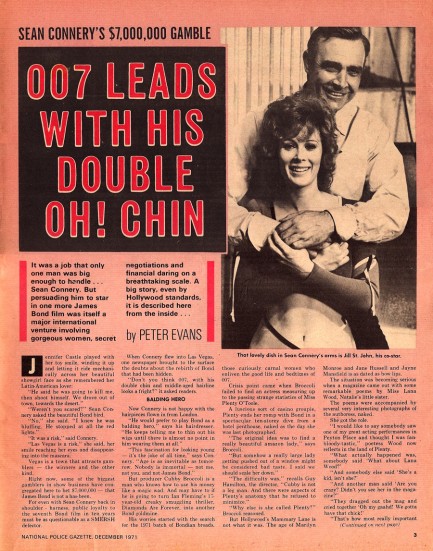 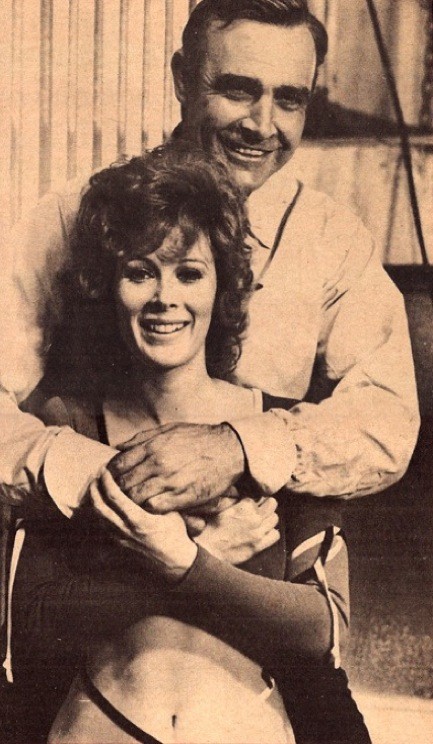 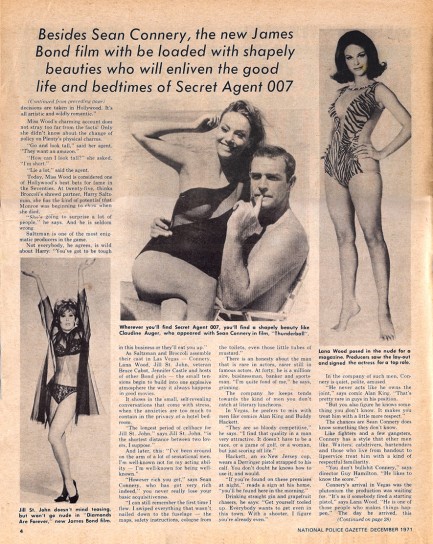 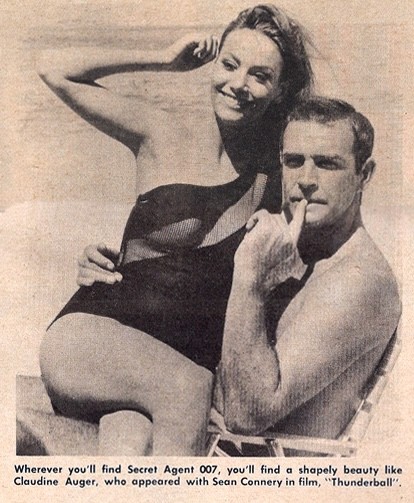 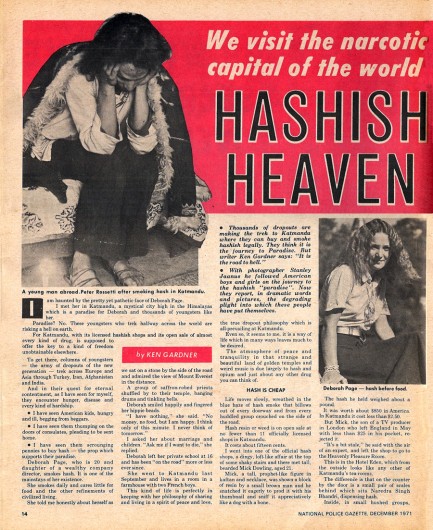  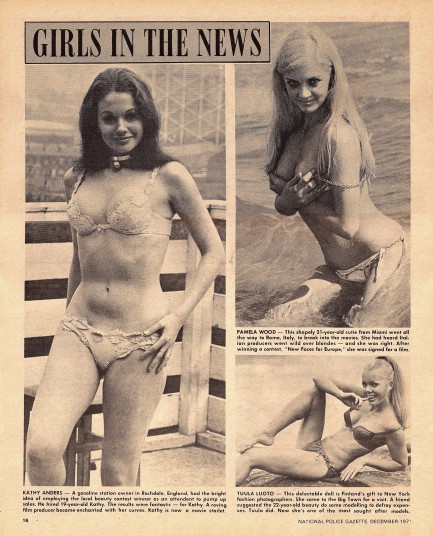 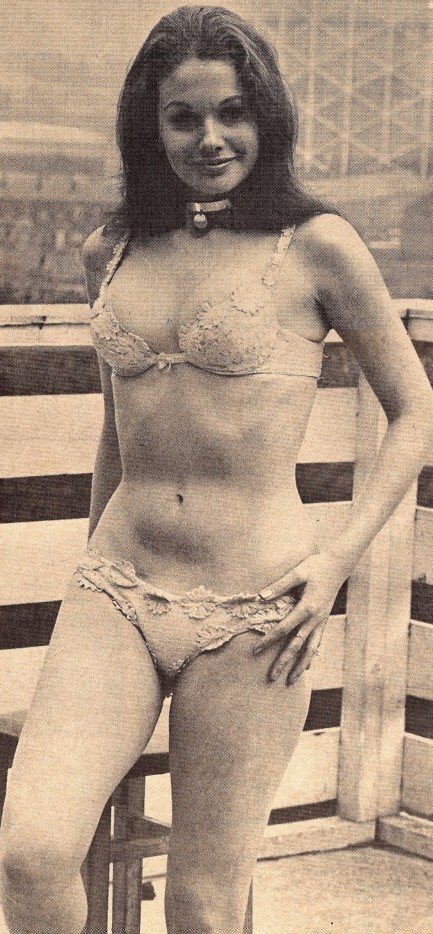
 Live fast, die young, and leave a terribly damaged corpse thanks to James Bond. 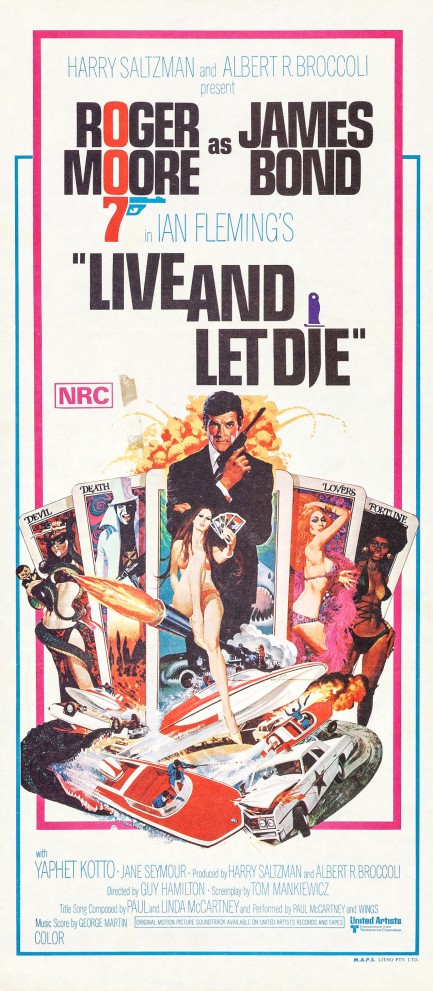
As with Shaft a few days ago, we can't add much new to the longtime assessments of 1973's Live and Let Die. We wouldn't discuss the film at all except that the posters were the work of illustration wizard Robert McGinnis. However, in light of our Shaft examination, there's an angle we can take: Live and Let Die was the first Bond movie to be clearly influenced by the diversification of Hollywood, becoming the first to include numerous black cast members in speaking roles. Since most participants in a Bond movie are there to get killed, including, often, all but one of the women he sleeps with, the rules didn't change even with the diversified cast. This leads to head villain Yaphet Kotto suffering perhaps the most brutal death in the franchise, and hottie Gloria Hendry departs for the hereafter too, which is criminal, in our view. But their participation was a landmark and gives Live and Let Die, even today, a different feel and look than the usual Bond fare.
On other fronts, Live and Let Die seems like the movie in which Bond stuntwork kicked into high gear, beginning a push that would soon extend beyond the bounds of earthly physics. The speedboat chase produced a then-world record aerial leap of 110 feet. On the acting front, newcomer Roger Moore displayed even at the outset of his Bond journey some of the cheeseball tendencies that would eventually take over his later portrayals, but it works fine. He was probably one of the best looking actors in the world in 1973, and while he doesn't have a chiseled physique, he's still everything and a free refill. We consider Live and Let Die to be one of two good Moore outings as Bond, along with The Man with the Golden Gun. It's certainly worth a watch, even if you've already seen it. And if you want to have a really fun night, watch it back-to-back with Shaft.
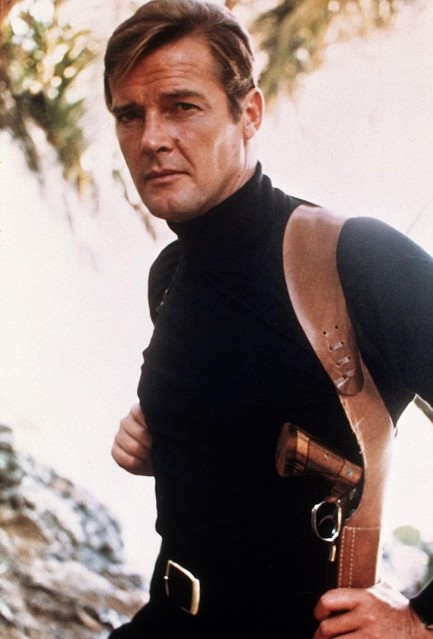 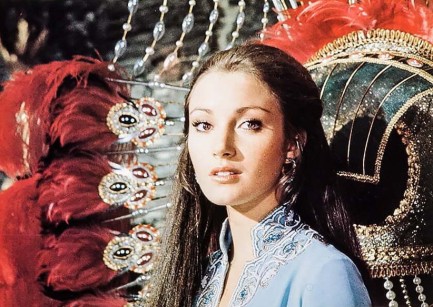  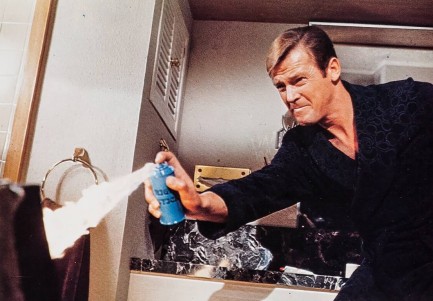 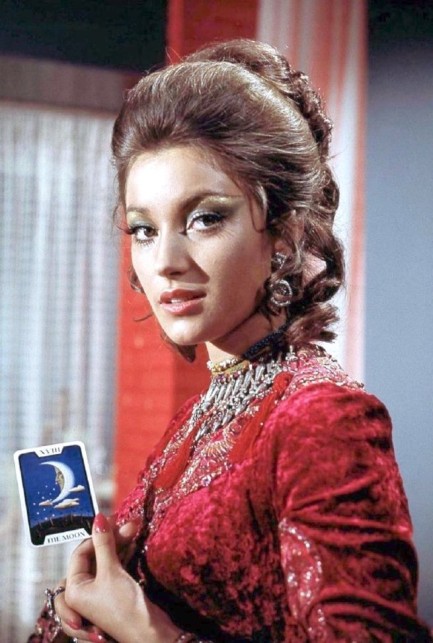 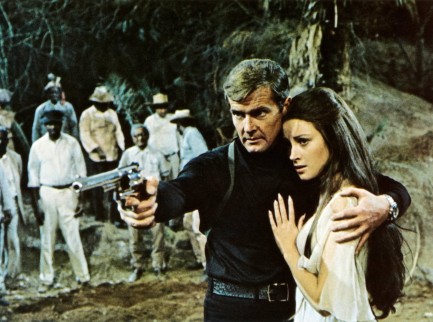 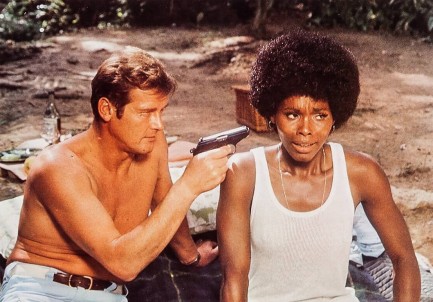 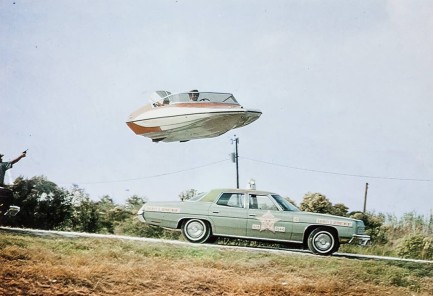  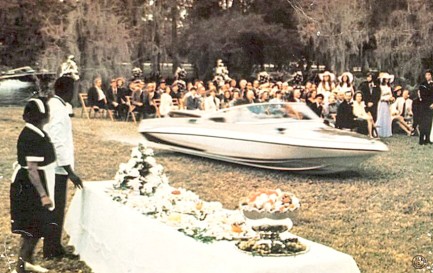 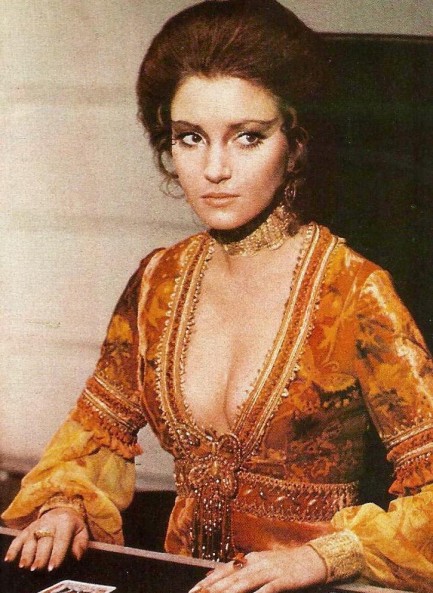  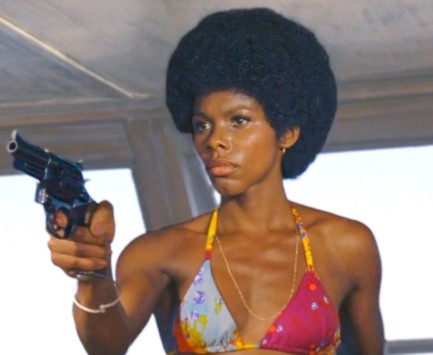 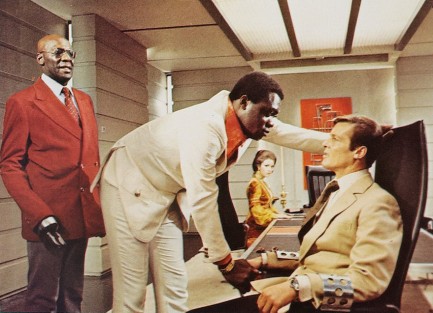 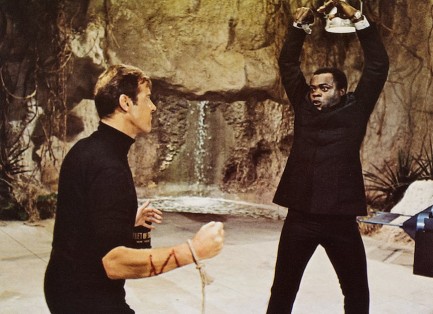 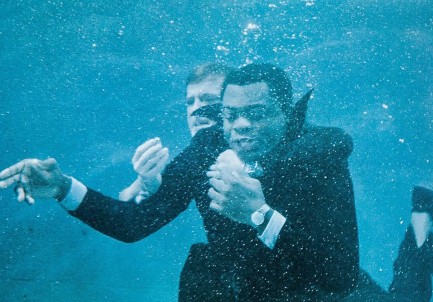 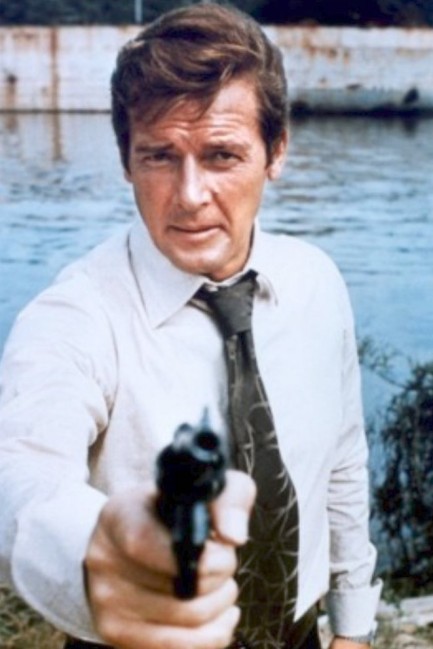 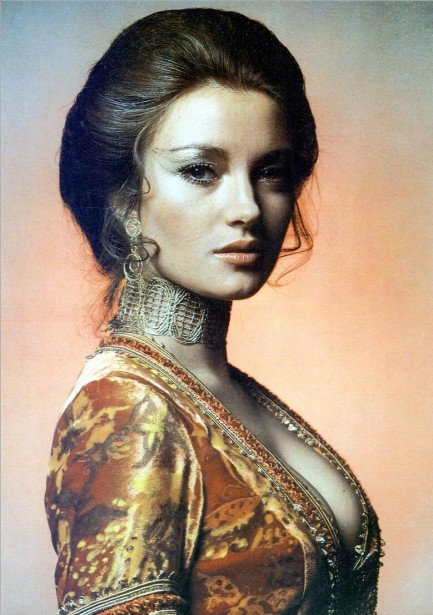 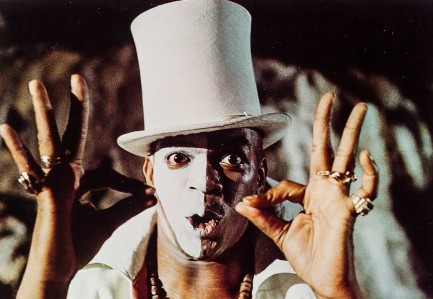 
 For me, at least, this thing brings to mind making love, not war. 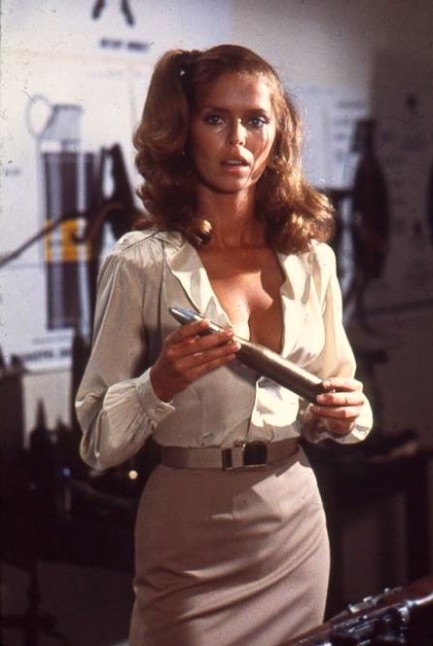
Barbara Bach has had three distinct periods of fame. The first was as an actress in numerous Italian movies during the late 1960s and the entire decade of the 1970s. Her second stage came when she starred as Anya Amasova in 1981's James Bond adventure The Spy Who Loved Me. This was the third Bond outing for Roger Moore, and the last before he stopped taking the role seriously and began smirking and mugging his way through the role. Not that we disliked it. The smirky Moore was fun. Bach became globally recognized in that film, as all Bond girls do. Her third stage of fame was as the wife of one of the most recognized men in the world—Ringo Starr of the Beatles. Mixed into all of that were a few American movies, and one of them was a 1980 comedy called Up the Academy, from which the above promo photo came. The movie arrived on the heels of a string of successful comedies like Animal House that slayed at the box office, but Up the Academy bombed with critics and ticket buyers. We absolve Bach of any blame, though. We haven't seen Up the Academy, but we have zero doubt she was one of the best things in it.
 Madeline as hell and not going to take it anymore. 
British actress Madeline Smith takes aim in this promo image made when she was filming the James Bond movie Live and Let Die. It's probably her best known role. She played Miss Caruso, an Italian agent who tumbled into bed with Roger Moore during the opening of the film. The photo is from 1973.
 Redhead risks serious sunburn to get a base tan. 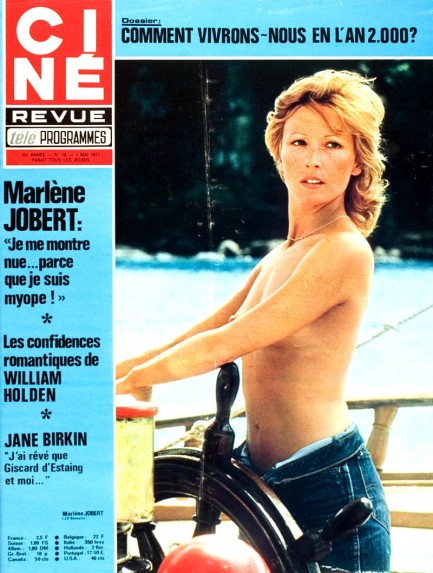
Belgium's Ciné-Revue is one of the best film magazines of the mid-century era. It's also one of the hardest to scan. Not only do the pages need to be scanned in halves and joined via computer, but the tiny text makes lining the halves up a real challenge. We didn't think about that when we bought a stack of these in Paris several years back, and now the sheer effort involved causes us to doubt we'll ever get them all uploaded. But we managed to carve out a few hours, so today we have this issue from May 1975 with French actress Marlène Jobert doing a little topless boating on the cover, hopefully well slathered in sunscreen. Jobert also features in the beachy center spread wearing even less clothing (and theoretically more sunscreen), but the real star of this issue is Bette Davis, who receives a career retrospective with shots from seemingly every movie she ever made. You also get William Holden, Jane Birkin, Dominique Sanda, Sidney Poitier, Sophia Loren, Rita Hayworth, Agostina Belli, a feature on Steven Spielberg's Jaws, and much more, in forty-plus scans. 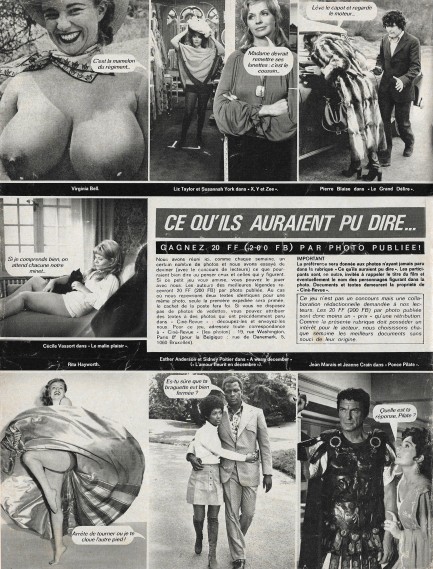  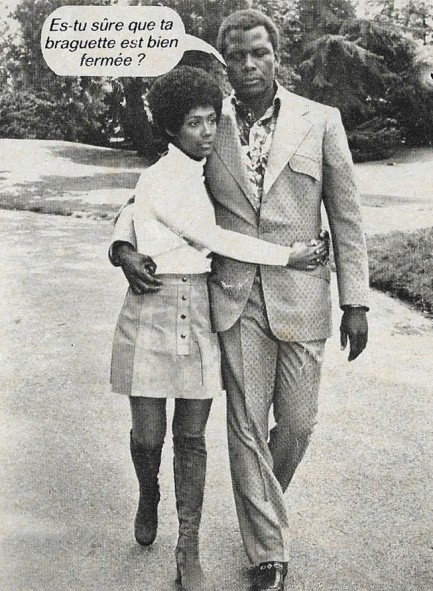 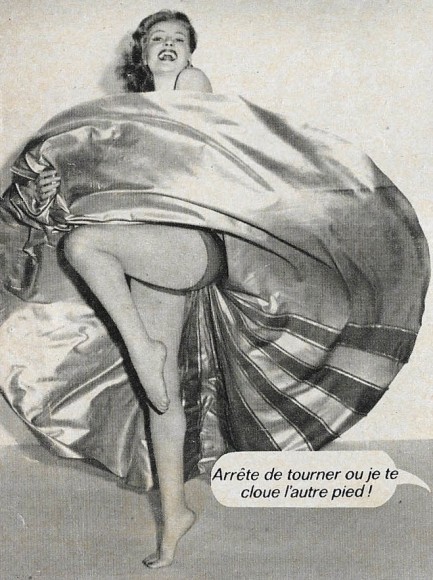 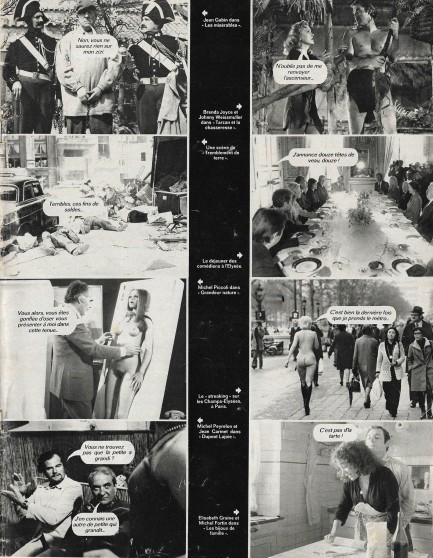  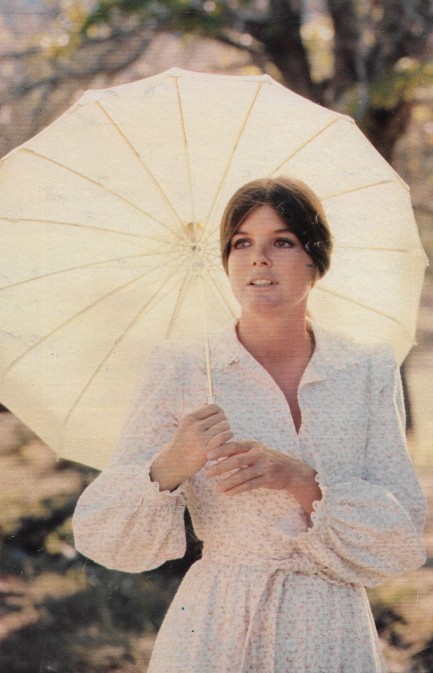 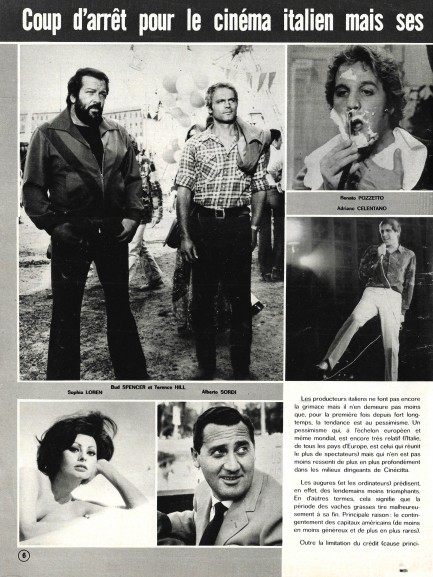    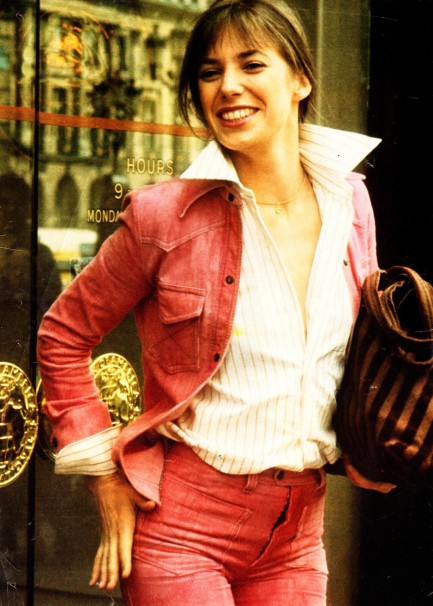 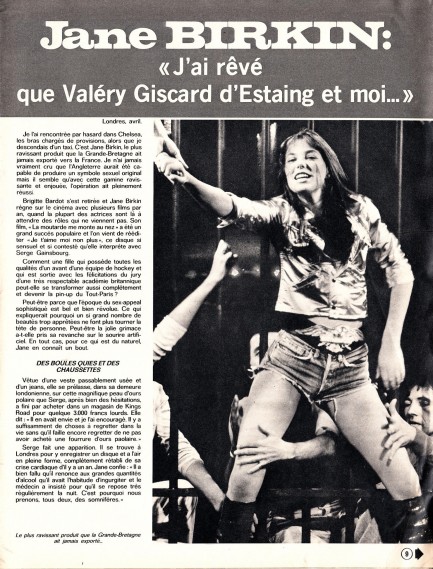 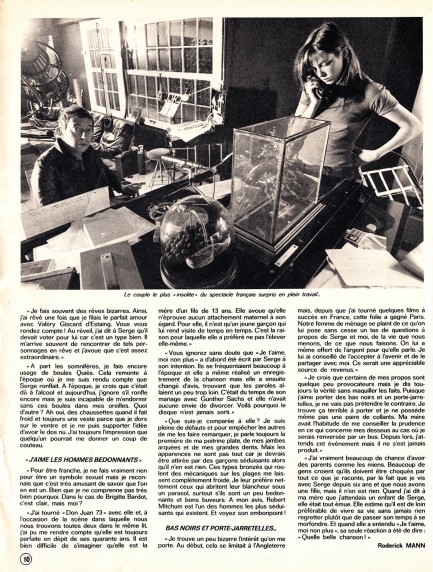 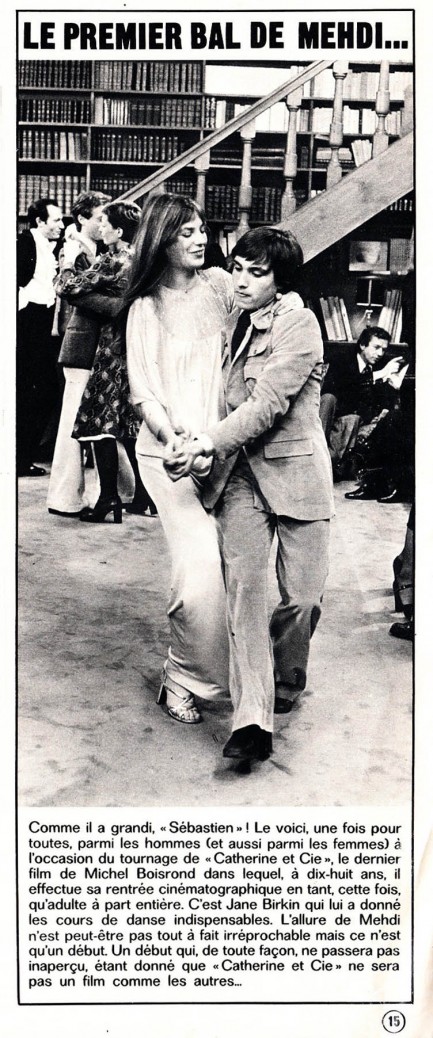 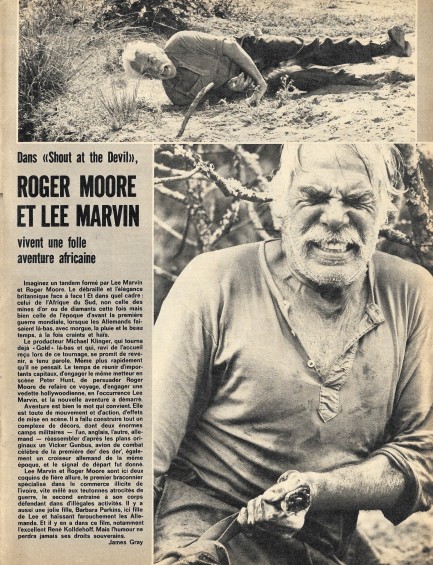 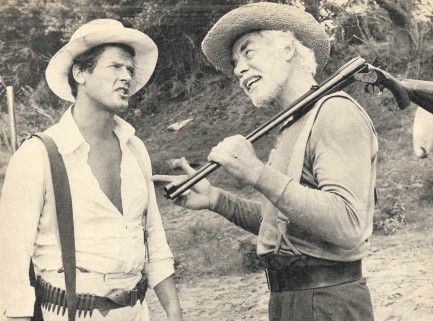 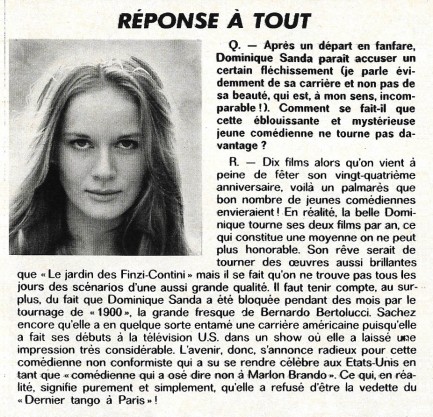 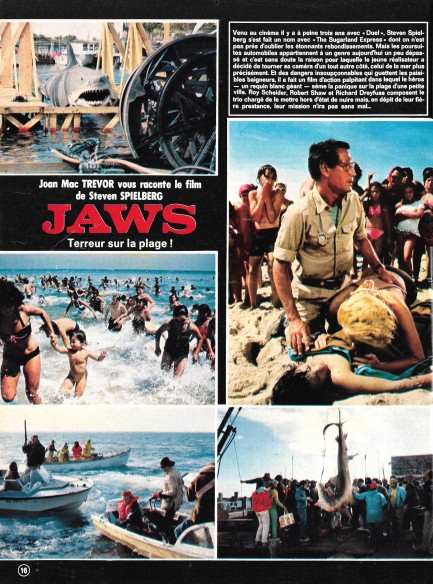 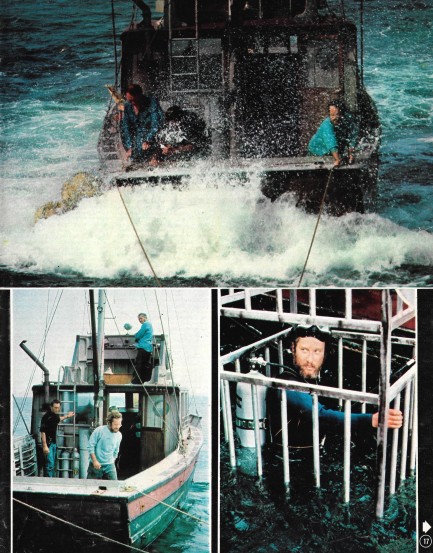 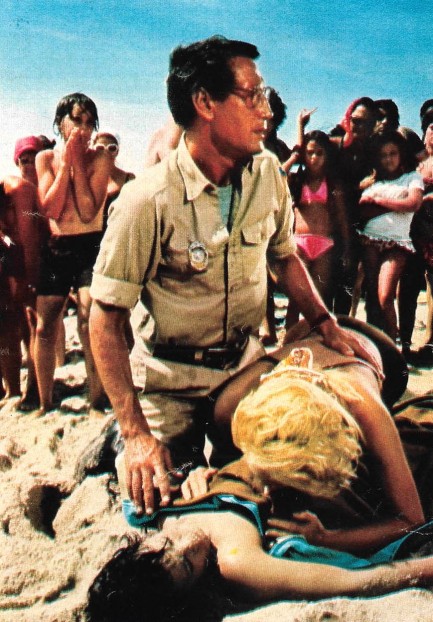 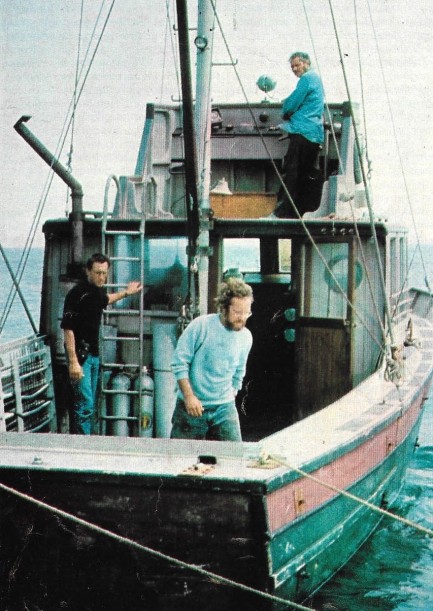 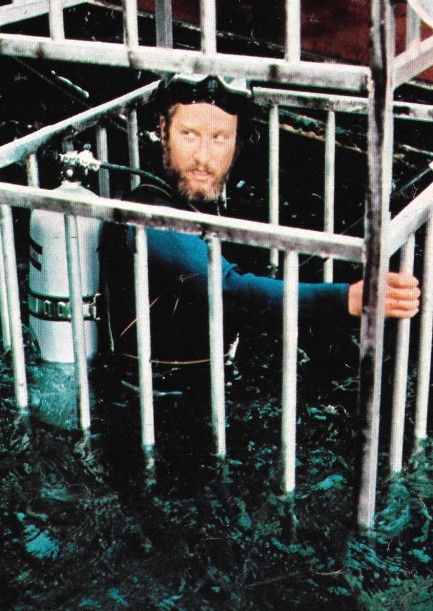 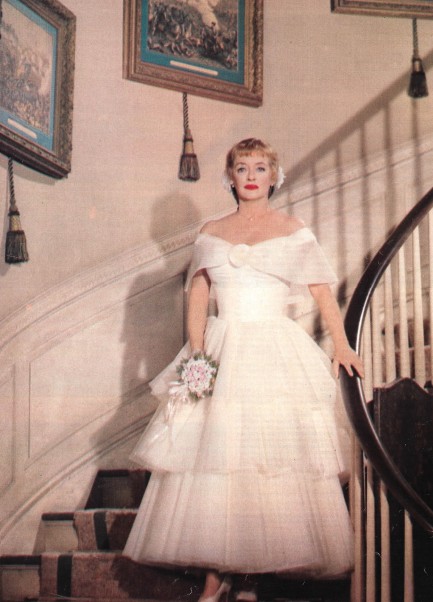 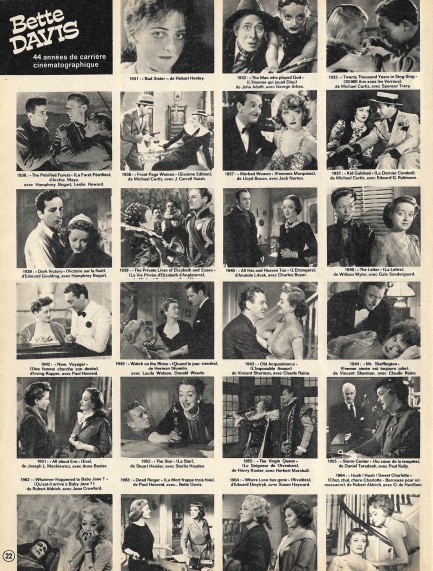 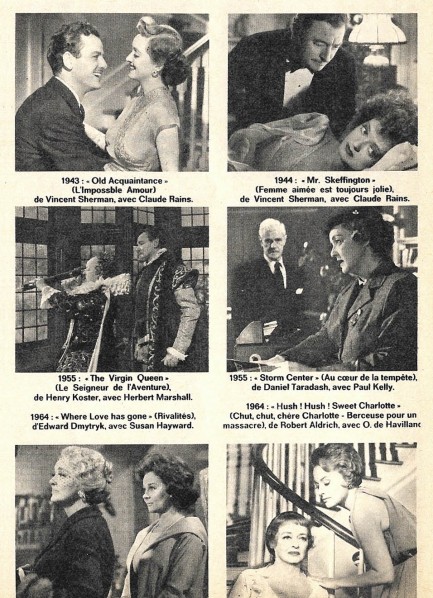 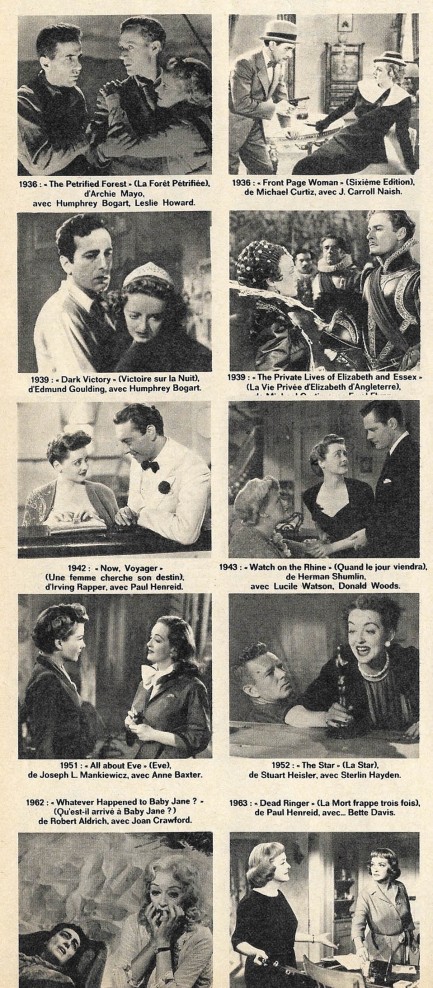 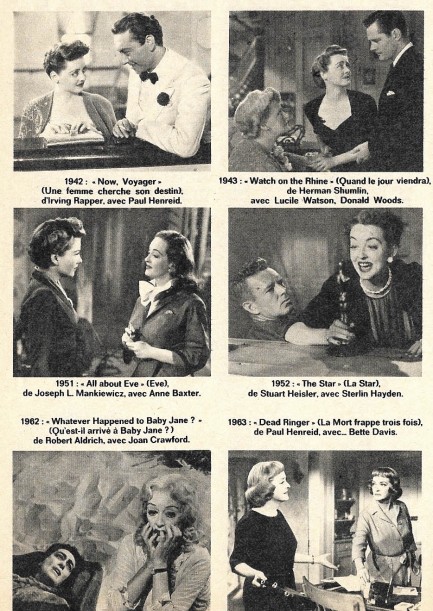 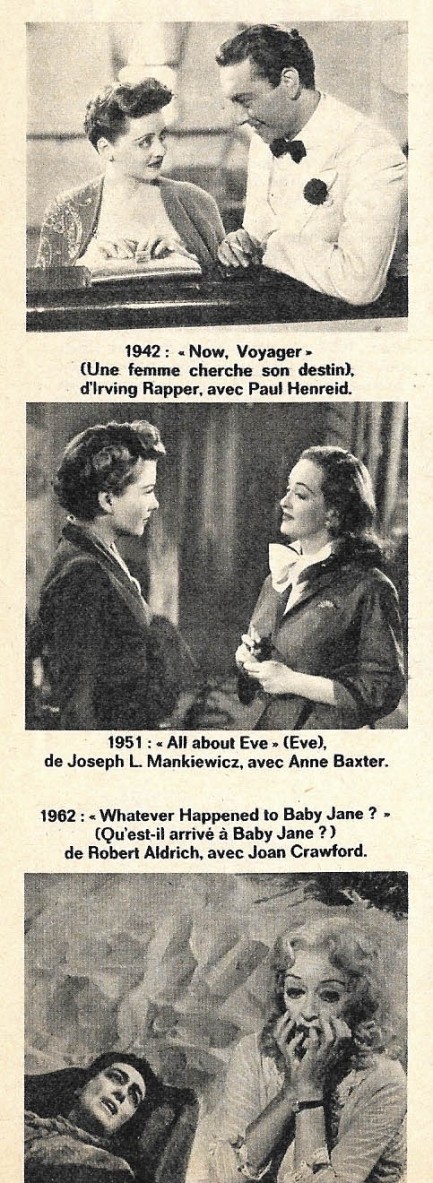 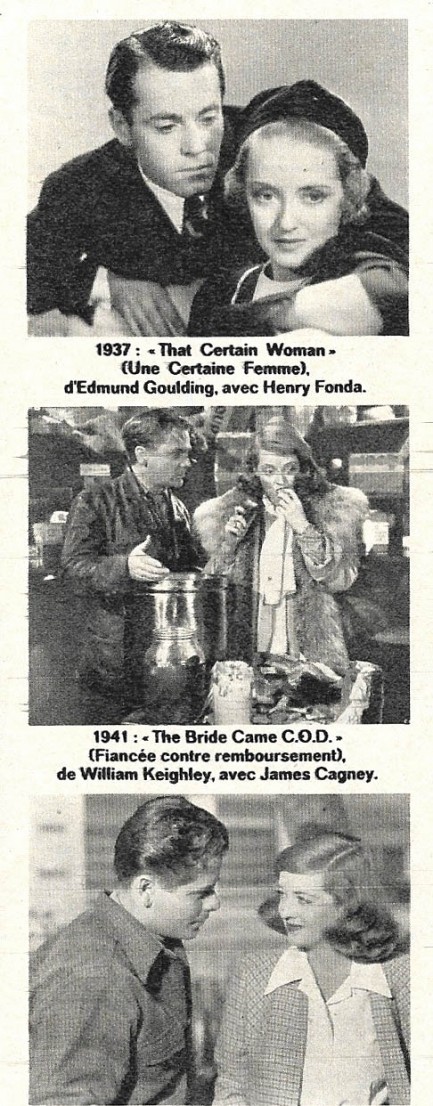 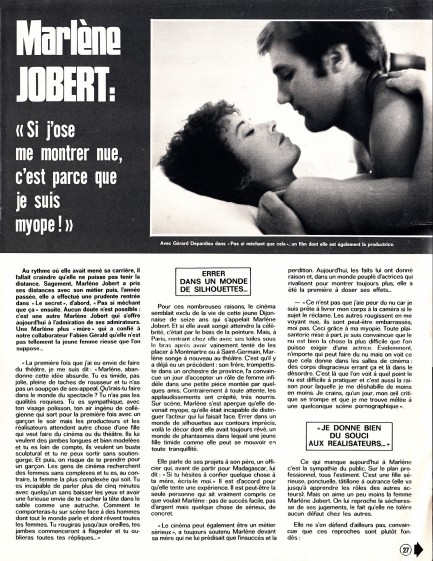 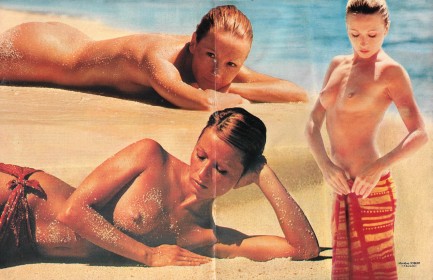 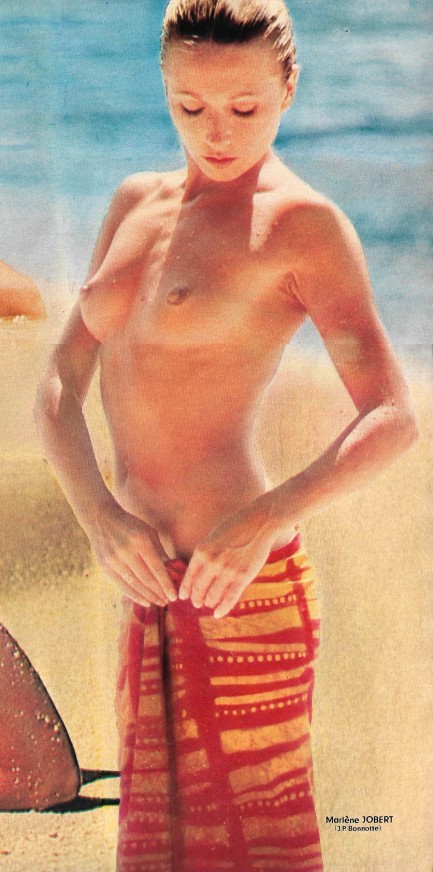 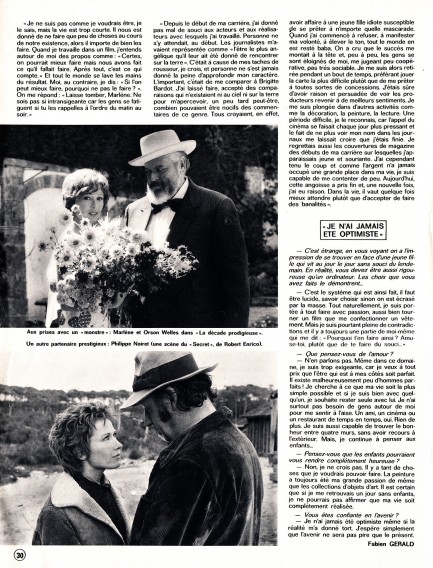 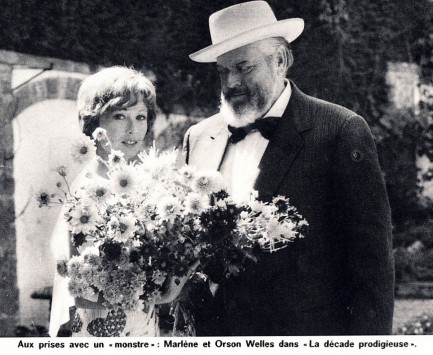 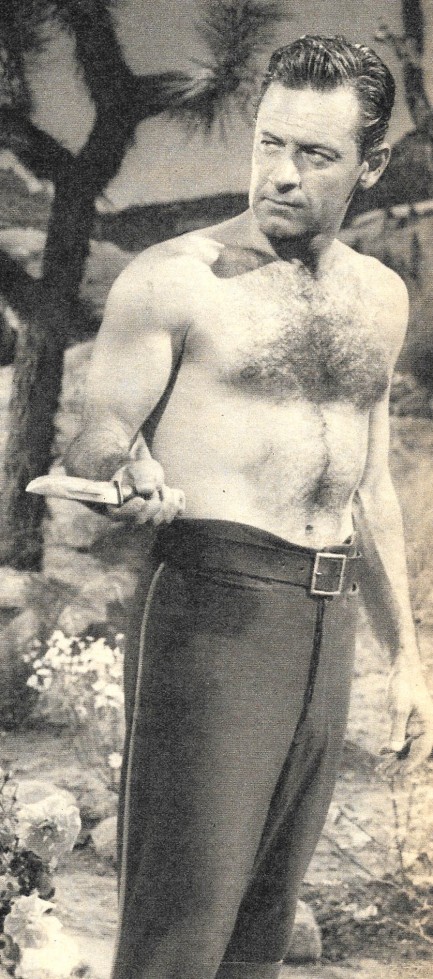 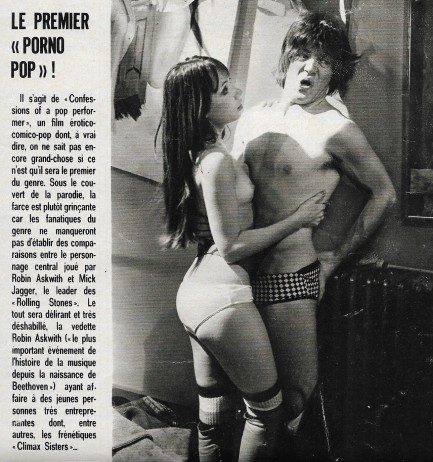 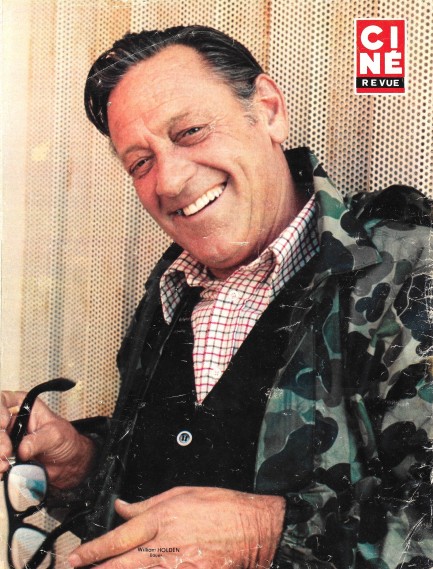
 We’ve got something special up our sleeves. 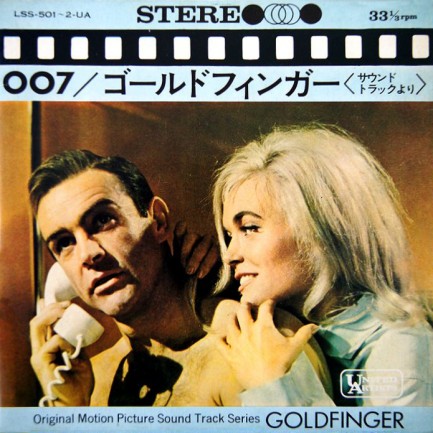
Above and below are the front and rear sleeves of four Japanese soundtrack pressings for the 1960s James Bond films Thunderball, From Russia with Love, You Only Live Twice, and Goldfinger. The themes were sung by Tom Jones, Matt Munro, Nancy Sinatra, and Shirley Bassey respectively, and pictured along with Sean Connery you see Bond beauties Claudine Auger and Shirley Eaton. Ms. Eaton, as wrong-place wrong-time Jill Masterson, had the dubious honor of being suffocated under a coating of gold paint, certainly one of the most infamous deaths of any Bond femme. We think these sleeves are great, and if you agree and want to see a lot more excellent 007 soundtrack art, check our previous posts here, here, and especially here. On a related note, the Bond franchise’s fiftieth anniversary is next month, and in honor of the occasion former star Roger Moore, along with co-stars Britt Ekland and Richard Kiel, are touring around England with a Blu-ray box set of all the films, which are stored inside a gold case that is in turn comfortably riding in one of Bond’s preferred vehicles, an Aston Martin DBS. Actors, auto, and discs are visiting some of the iconic locations of the Bond series in advance of the release of the next film, which is entitled Skyfall. You can read more about all that here.
|
 |

The headlines that mattered yesteryear.
2003—Hope Dies
Film legend Bob Hope dies of pneumonia two months after celebrating his 100th birthday. 1945—Churchill Given the Sack
In spite of admiring Winston Churchill as a great wartime leader, Britons elect
Clement Attlee the nation's new prime minister in a sweeping victory for the Labour Party over the Conservatives. 1952—Evita Peron Dies
Eva Duarte de Peron, aka Evita, wife of the president of the Argentine Republic, dies from cancer at age 33. Evita had brought the working classes into a position of political power never witnessed before, but was hated by the nation's powerful military class. She is lain to rest in Milan, Italy in a secret grave under a nun's name, but is eventually returned to Argentina for reburial beside her husband in 1974. 1943—Mussolini Calls It Quits
Italian dictator Benito Mussolini steps down as head of the armed forces and the government. It soon becomes clear that Il Duce did not relinquish power voluntarily, but was forced to resign after former Fascist colleagues turned against him. He is later installed by Germany as leader of the Italian Social Republic in the north of the country, but is killed by partisans in 1945.
|

|
|

It's easy. We have an uploader that makes it a snap. Use it to submit your art, text, header, and subhead. Your post can be funny, serious, or anything in between, as long as it's vintage pulp. You'll get a byline and experience the fleeting pride of free authorship. We'll edit your post for typos, but the rest is up to you. Click here to give us your best shot.

|
|




































